With the proliferation of smartphones and more mobile apps in the market, global industries are moving toward supplying their services by adopting mobile app development trends.
So why should the healthcare sector remain unchanged?
The healthcare sector has had one of the most significant and apparent growths, moving far beyond where it was a decade ago. You might be wondering how? It depends entirely on healthcare app development that has laid the groundwork for users to access healthcare prepositions at their fingertips easily.
It, however, cannot be accomplished with a simple finger snap. As a healthcare company entering the market for mHealth services, you must adhere to the trends in healthcare app development that we have covered in this blog. But before we move forward with the trends, let us first understand what a healthcare app is and why it is worth investing in in 2023.
Did You Know About Healthcare Apps?
A healthcare application is any web or mobile application that enables or supports healthcare in managing processes, therapy, and diagnosis and satisfies medical requirements for a person.
Did you know that the worldwide market for digital health was worth $175 billion in 2019 and is projected to increase to 660 billion by 2025?
As per the research by Statista, there will be 21 billion US dollars in investment in the digital health sector by the end of 2020, which will go higher by 2023. It indicates that individuals are taking their health seriously and are searching for services that provide quicker, more practical, and dependable treatment options. Digital healthcare transformation will ensure patients easily access a suitable treatment facility.
What Makes Healthcare Apps a Success?
More individuals can receive treatment from doctors with these healthcare applications by hiring top healthcare app development companies. Doctors can treat more people while also giving them more outstanding care. A health management app, for instance, assists healthcare companies in managing the therapeutic process and improving patient care. Similarly, medical equipment like Smart OR systems, wearables, and others assist doctors in diagnosing sickness and remote monitoring patients’ real-time health problems.
Leading Healthcare Application Trends in 2023
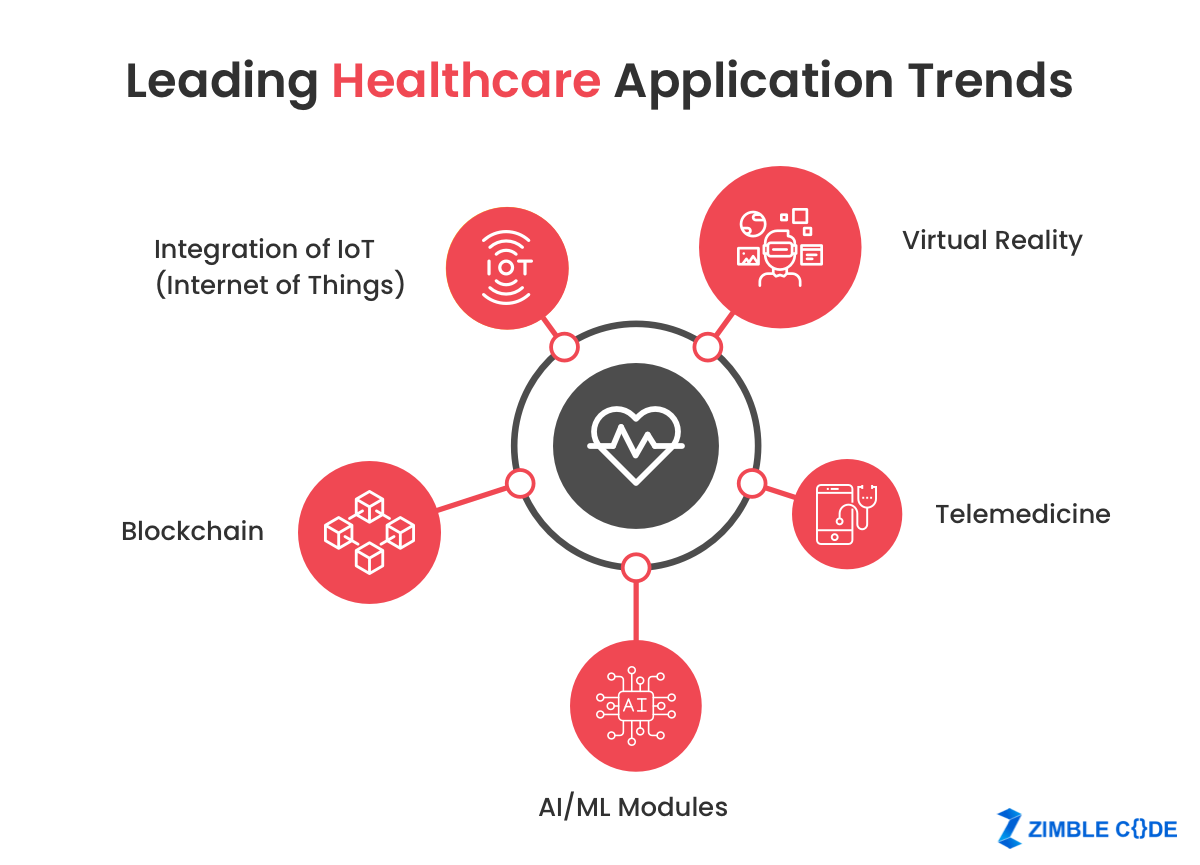

1. Integration of IoT (Internet of Things)
IoT is the technology that enables physical devices to be connected to the internet. It is frequently employed to link two separate devices and efficiently transfer data. One such example is wearable fitness trackers, which enable users to track their steps, calories burned, heart rate, sleep patterns, SPo2, and more. Similarly, IoT devices may be utilized with healthcare applications to assist doctors in tracking and recording crucial health data and gaining insightful information.
2. Blockchain
Hackers may access anything online. Indeed, keeping patient data safe and secure is one of the healthcare industry’s top priorities. Blockchain is a widely used technology that assists businesses in safeguarding their data. The system employs specifically built algorithms that record information, making hacking, modifying, or cheating difficult. Since healthcare gets billions of pieces of information daily, Blockchain can enable the industry to share and store data while preventing system intrusion.
3. AI/ML Modules
VR, AI, and ML are becoming more well-known as essential technologies for enhancing patient care and making the healthcare system more effective and precise. Clinics and healthcare organizations have employed AI algorithms to handle massive volumes of data fast and correctly, making it much simpler to make more effective decisions based on insightful data.
4. Telemedicine
Telemedicine is currently a quarter trillion-dollar sector. It is booming today, especially for patients who reside in rural areas. They need access to a faultless healthcare system. So, telemedicine enables them to interact with physicians and obtain treatment without visiting the healthcare institution. With new advancements, telemedicine app development is changing and expanding. Since more individuals than ever before chose telemedicine consultation, it will break a new record in 2023.
5. Virtual Reality
One of these technologies is virtual reality (VR), which in 2023 will also be a popular trend in creating healthcare apps. VR is a new technology in healthcare, although it has been proven to give immersive experiences that assist doctors and patients in comprehending problems better. Also, some medical applications employ virtual reality to train doctors to practice surgeries and treatments in a secure setting.
Wrapping Up!
The healthcare industry is advancing in the same way that our globe is using the digital revolution. To continue offering high-quality care, healthcare institutions like clinics must be aware of the advancements in this digital area. Understanding the best technologies and concepts for app development and healthcare app development costs. It will allow you to enhance client loyalty, raise brand recognition, and produce better outcomes in this fast-paced industry.
Frequently Asked Questions (FAQs)
Q1. Why does the healthcare sector need to shift digitally?
Automating procedures through digital transformation helps healthcare institutions and businesses to provide services at a lower cost and cut out wasteful expenditure on traditional healthcare services.
Q2. How large is the healthcare app market?
With a projected CAGR of 34.8% from 2021 to 2028, the market is predicted to reach USD 38.89 billion in 2021 and USD 314.60 billion in 2028.
Q3. How much does it cost to develop a healthcare app?
An entry-level healthcare app typically costs $50,000 to $100,000. However, more advanced apps can cost up to $300,000 or more.

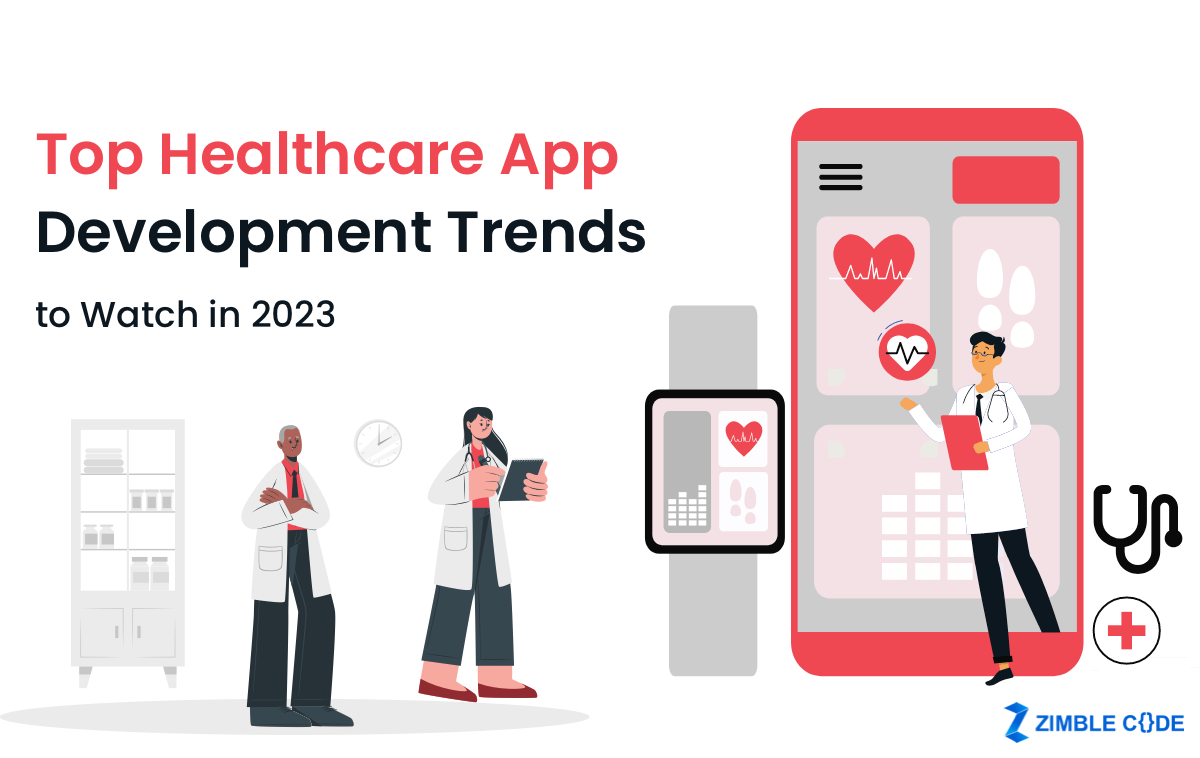
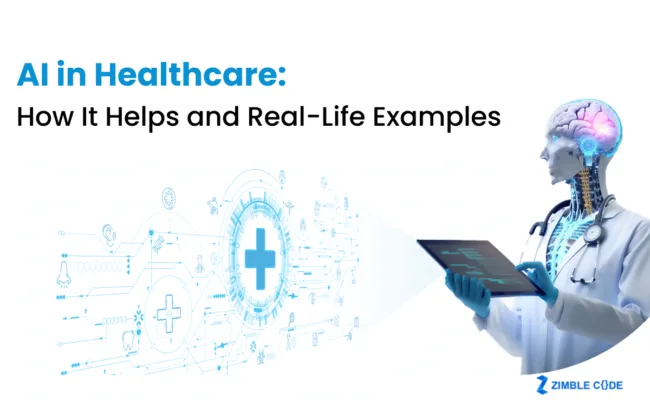
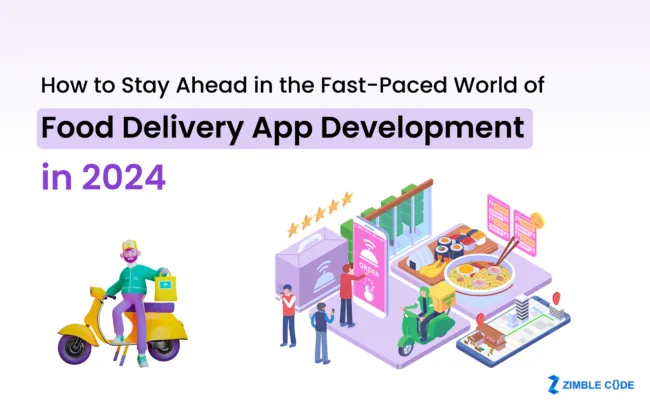

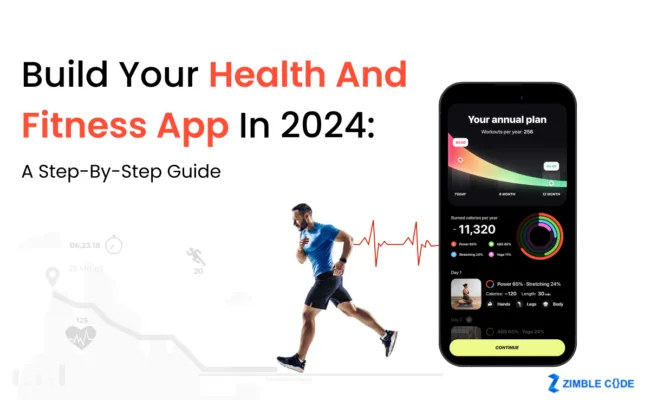
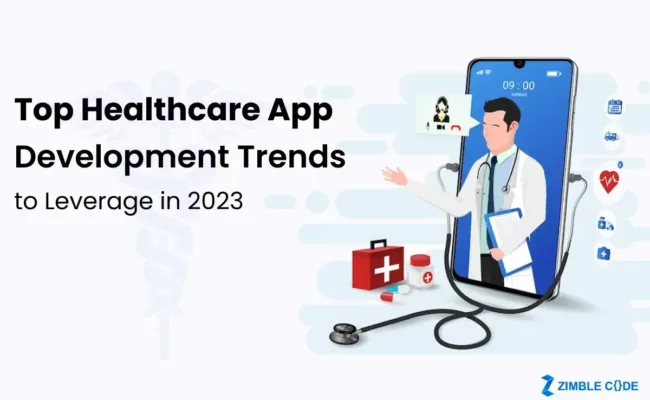

I have read your all blogs, all article are informative and useful.
Thanks a lot.